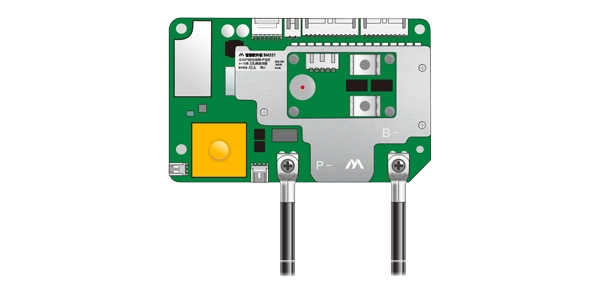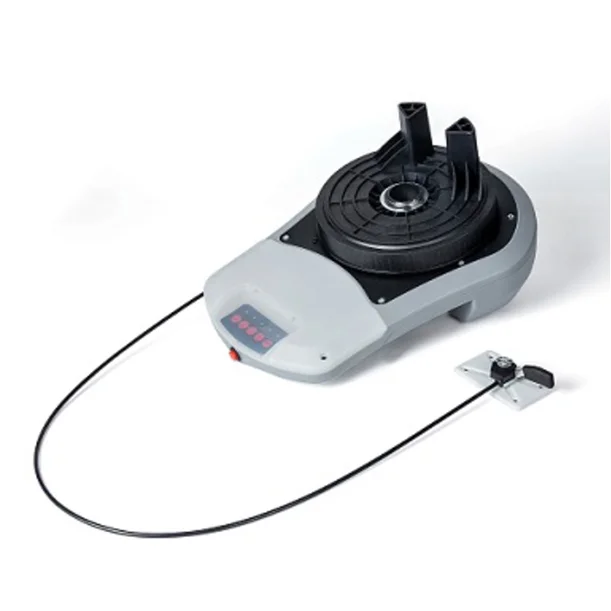Indoor photography presents unique challenges that can often frustrate even seasoned photographers. The interplay of artificial lighting, shadows, and confined spaces requires a nuanced understanding of camera settings to capture stunning images. In this article, we will delve into the best camera settings for indoor photography, providing you with practical tips and insights that will elevate your skills and enhance your indoor shooting experience.
Understanding the Challenges of Indoor Photography
Before we dive into specific settings, it’s essential to recognize the challenges posed by indoor environments. Unlike outdoor photography, where natural light is abundant, indoor settings often rely on artificial lighting, which can vary significantly in color temperature and intensity. Additionally, the confined spaces can lead to unwanted shadows and reflections. To overcome these challenges, you must master your camera settings.
Key Camera Settings for Indoor Photography
- Aperture (f-stop) The aperture setting controls the amount of light entering the camera and affects the depth of field. For indoor photography, a wider aperture (lower f-stop number, such as f/1.8 or f/2.8) is often ideal. This allows more light to reach the sensor, which is crucial in low-light conditions. A wider aperture also creates a shallow depth of field, beautifully blurring the background and drawing attention to your subject.
- ISO Sensitivity ISO measures your camera's sensitivity to light. In indoor settings, you may need to increase the ISO to compensate for lower light levels. However, be cautious; higher ISO settings (e.g., ISO 800 or above) can introduce noise, which may degrade image quality. Start with a moderate ISO (around 400) and adjust as necessary. Modern cameras perform well at higher ISO levels, so don’t hesitate to experiment.
- Shutter Speed Shutter speed determines how long the camera's sensor is exposed to light. In indoor photography, a slower shutter speed (e.g., 1/60s or slower) can be effective, especially when using a wider aperture and higher ISO. However, be mindful of camera shake, particularly if you’re shooting handheld. To mitigate this, use a tripod or stabilize your camera on a solid surface when possible. If your subject is moving, you may need a faster shutter speed to freeze the action.
- White Balance Indoor lighting can vary widely in color temperature, leading to color casts in your photographs. Adjusting the white balance setting is crucial for achieving accurate colors. Use the auto white balance setting as a starting point, but consider manually adjusting it based on the light source (e.g., tungsten, fluorescent) to ensure your images reflect true colors. Shooting in RAW format also allows for greater flexibility in post-processing to correct white balance issues.
- Focus Mode In indoor settings, especially with low light, autofocus can struggle. Consider using single-point autofocus to ensure your camera focuses precisely on your subject. If you’re shooting in very low light, manual focus may be necessary to achieve the desired sharpness.
Additional Tips for Indoor Photography
- Utilize Natural Light: Whenever possible, take advantage of natural light sources, such as windows. Position your subject near these light sources to create a soft, flattering illumination.
- Experiment with Lighting: If you have access to additional lighting equipment, such as softboxes or LED panels, use them to enhance your indoor lighting. Experiment with different angles and intensities to find the most flattering light for your subject.
- Composition Matters: Pay attention to composition, even in indoor settings. Use leading lines, the rule of thirds, and framing techniques to create visually appealing images.
- Post-Processing: Don’t underestimate the power of post-processing. Software like Adobe Lightroom or Photoshop can help you fine-tune exposure, contrast, and color balance, allowing you to enhance your indoor photographs further.
Conclusion
Mastering indoor photography requires a solid understanding of your camera settings and the ability to adapt to varying lighting conditions. By adjusting your aperture, ISO, shutter speed, and white balance, you can significantly improve your indoor shots. Remember to experiment and practice, as each indoor environment presents its unique challenges and opportunities. With these tips and settings in mind, you’ll be well on your way to capturing stunning indoor photographs that truly reflect your vision. Happy shooting!



More Stories
How to Safely Store and Use Camphor Block Tablets at Home
Frost's Descent Warm Boom-SUNKONZ Blenders Help Beverage Win Peak
Science, Safety & Bioactivity: The Higher Standard in Cosmetics